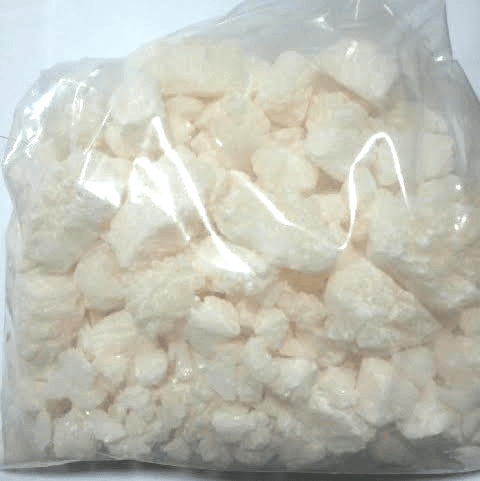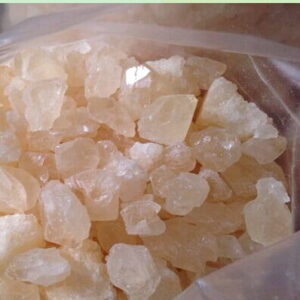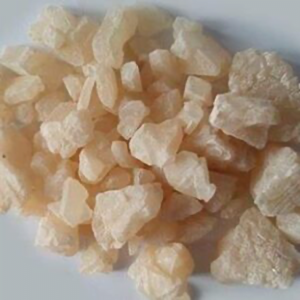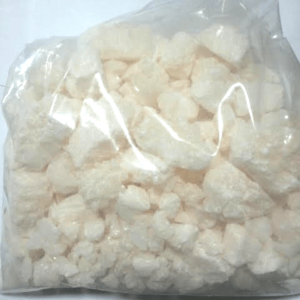Introduction
4-CEC, also known as 4-Chloroethcathinone, is a synthetic cathinone that belongs to the amphetamine class. It is a research chemical that is primarily used for scientific and forensic purposes. The chemical structure of 4-CEC is similar to that of other cathinones, such as 4-MEC and 4-MMC, and it has similar effects to those compounds.
Chemical Properties
4-CEC is a white crystalline powder that has a molecular weight of 211.08 g/mol. Its chemical formula is C11H14ClND and it has a melting point of 77-78°C. It is a highly soluble compound in organic solvents such as ethanol, methanol, and acetone.
Synthesis
The synthesis of 4-CEC involves the reaction between 4-chlorobutyrophenone and ethylamine, which is followed by reductive amination using sodium borohydride. The final product is then purified through recrystallization. The synthesis of 4-CEC is a complex process that requires specialized equipment and a high level of expertise in organic chemistry.
Pharmacology
Like other cathinones, 4-CEC is a psychostimulant that works by increasing the levels of dopamine, norepinephrine, and serotonin in the brain. These neurotransmitters are responsible for regulating mood, motivation, and cognitive function. The exact mechanism of action of 4-CEC is not well understood, but it is believed to inhibit the reuptake of these neurotransmitters, leading to their accumulation in the synaptic cleft.
Effects
The effects of 4-CEC are similar to those of other cathinones, such as 4-MEC and 4-MMC. They include euphoria, increased energy, talkativeness, and a sense of well-being. Some users have reported increased empathy and sociability, while others have experienced anxiety, paranoia, and hallucinations. The effects of 4-CEC can last for several hours, depending on the dose and route of administration.
Side Effects
The use of 4-CEC can cause a range of side effects, both physical and psychological. These include increased heart rate, elevated blood pressure, chest pain, insomnia, headache, nausea, and vomiting. Long-term use of 4-CEC can lead to more serious health problems, such as cardiovascular disease, kidney damage, and liver failure.
Legality
4-CEC is a controlled substance in many countries, including the United States, Canada, and the United Kingdom. Its possession, distribution, and use are prohibited without a license or prescription. In some countries, it is classified as a Schedule I drug, which means that it has a high potential for abuse and no recognized medical use.
Conclusion
In conclusion, 4-CEC is a synthetic cathinone that has similar effects to other compounds in its class. It is primarily used for scientific and forensic purposes and is not intended for human consumption. Its use can cause a range of physical and psychological side effects, and it is a controlled substance in many countries around the world.






Reviews
There are no reviews yet.